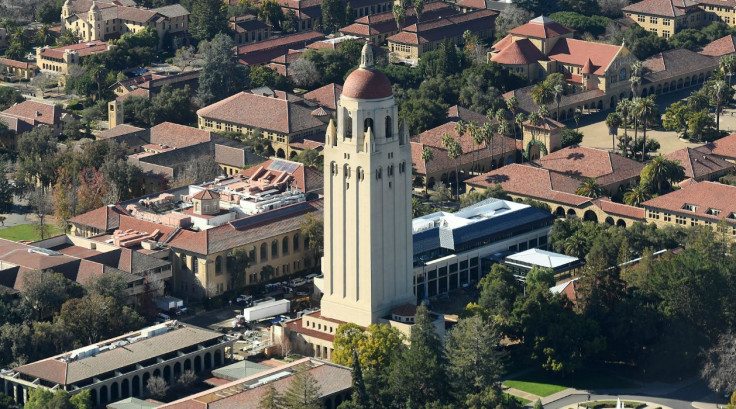Stanford University scientists devise disease-diagnosing microchip

A new innovation called “lab on a chip” is ushering a medical diagnostics revolution. Developed by research scientists from the Stanford University School of Medicine, it has the potential to greatly improve diagnostic capabilities, particularly in developing countries.
The innovation, a disease-diagnosing all-in-one biochip, can analyse cells for research and clinical applications. The really surprising thing about it is that production only takes 20 minutes and costs only US$0.01 (AU$ 0.013) per chip.
This reusable device is miniaturised to handle small sample volumes and can perform numerous analyses. It can perform complex, minimally invasive analyses of single cells without specialised equipment and personnel.
Details of the inexpensive, multifunctional and reusable nanoparticle-printed biochip were recently published in the Proceedings of the National Academy of Sciences (PNAS). The technology shows much promise in advancing health care and accelerating basic and applied research.
It serves as an accessible platform that is touted to see broad applications in precision diagnostics. It also signals that the democratisation of medical technologies can be done.
Lethal diseases, such as malaria, HIV and tuberculosis have high incidence rates and bad patient outcomes in developing countries. With far better access to cheap diagnostics, healthcare professionals can help turn this around.
It would allow scientists and clinicians to potentially analyse more cells in shorter time periods, manipulate stem cells to achieve efficient gene transfer and develop cost-effective ways to diagnose diseases, noted lead author Rahim Esfandyarpour, PhD, engineering research associate at the genome centre.
The senior author of the study is Stanford Genome Technology Center Director Ron Davis, PhD. The co-authors include graduate students Matthew DiDonato and Yuxin Yang; postdoctoral scholar Naside Gozde Durmus, PhD and James Harris, PhD, professor of electrical engineering.
Queried about the markets that the research scientists intend to reach and the foreseen challenges in bringing the innovation to the targeted publics, Rahim Esfandyarpour told the International Business Times Australia, “We’re doing our best to have our platform ready as soon as possible.” He expressed that “any platform for diagnostics or other biomedical applications must go through several testing, validation and optimisation paths before commercialisation, and we'll take and follow it very seriously.”
Esfandyarpour added that while he and the other researchers have had “very promising results,” they expect more work toward commercialisation of the solution. To date, the team has not actively started looking for a very specific market but sees huge potential and a very large market for its platform. The research biochip for cell manipulation and diagnosis obtained support from a grant bestowed by the US National Institutes of Health.




















